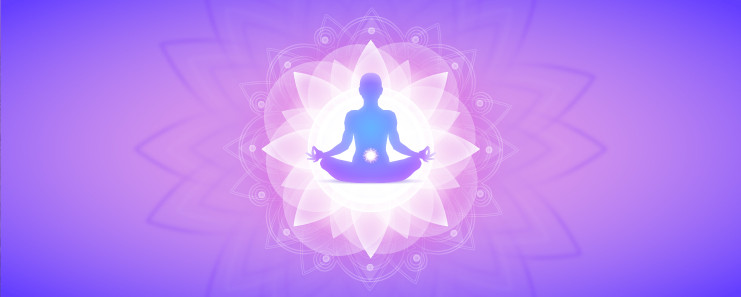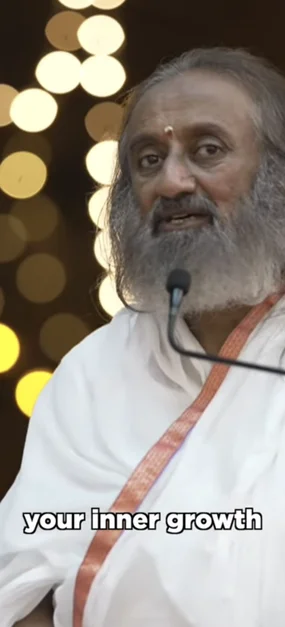Once upon a time, there was a little tiff between two very good friends people. The first one said to the other: “you’re ignorant and foolish. You’re yet to see the world. And only then will you understand that I am the most important in this entire creation”. The second one chuckled and tried smoothing an involuntary giggle: everybody has a self-indulgent perception of themselves. And that’s perfectly alright. You will realize, it is ‘I’ who is the most important.
None of them noticed that a seemingly inconsequential third person walked by. Others, who were listening on, whispered: “Who knew, that all the power rests with him”.
Meanwhile, the third person continued walking quietly on.
This often happens, in real life too. Take our body, for instance: while we’re engrossed in crowning the brain and the heart for their remarkable feats, there’s another knight on the scene. Innocuous, quiet, seemingly mundane – with immense power vested. Who knew!
Just by tending to this little one, you could:
- Feel instantly calmer.
- Switch on the glow lights in your skin.
- Coax your hair to grow longer and thicker.
- Improve your moods (clue: feel happier).
- Stimulate your brain to function better.
- Increase your digestive ability.
- Be kinder to your knees.
Who knew? It’s almost like turning on a little button of goodness!
Your Belly Button: The Gateway to Life
Once upon a time again, there was a magical moment in creation. A little cell decided to form into an embryo and began breathing life into itself. The embryo was supported by its mother through a large tube. This tube, the umbilical cord, supplied blood, oxygen, and nutrients to the little cell. Like a seed takes root and bears testimony to the miracle of creation, so too, this human cell flourished with the nurturing of the umbilical cord.
As the months passed by, the embryo grew and grew. The heart, the brain, eyes, ears, stomach, lungs – all the organs developed through the lifeline of the umbilical cord. The day came when the baby was delivered and gulped in its first rush of air. The umbilical cord was duly cut off; the other organs were strong enough to support the baby.
Once a gateway to the life-sustaining cord, today it was a little stubble. A quiet reminder of what once was. This is how the belly (tummy) button (also known as the “umbilicus”) came into being.
- Scientific studies recommend a delay of cord clamping to one to three minutes post birth, citing benefits to the infants.
- Interestingly, after a person’s death, the belly button stays warm up to three hours.
- Being rich in stem cells, several studies also support the storing of the umbilical cord blood. These cells can morph into other cells and can help deal with ailments.
8 Lesser-Known secrets About the Belly Button
Adorned with rings. Sometimes covered, sometimes exposed. Different communities view the belly button through their unique cultural lens. Yet science holds court with some universal truths.

Adorned with rings. Sometimes covered, sometimes exposed. Different communities view the belly button through their unique cultural lens. Yet science holds court with some universal truths.
- The belly button has the thinnest layer of muscle between the inner vagus nerve and the skin compared to other areas. By activating it, one directly stimulates the vagus nerve, affecting the brain.
- There are 72,000 veins in the navel, making the belly button a focal point. All these nerves get stimulated when the belly button is looked after.
- In Ayurveda, “nabhi “(navel or umbilical cord) is considered as an anatomical landmark to identify the position of various organs.
- The displacement of the umbilicus or “nabhi chyuti” leads to various diseases. Many conditions get cured just by correcting this.
- The” nabhi ” is ‘agni sthana’ or ‘seat of agni.’ This is where “samana vayu” (the prana or life force energy that supports digestion, formation, and elimination of urine) and “pachaka pitta” (digestive fire) resides. Massaging or stimulating the” nabhi “will aid these functions.
- There is a budding ecosystem in there. A scientific study of 60 participants found a total of 2,368 different types of germs nestling in the belly button. Similar to every human being’s fingerprints being unique, the belly button bacteria are also one-of-a-kind, many of which are a sign of good health.
- The center of the belly button is at the center of the solar plexus. This region assumes unique physical and spiritual significance. The solar plexus is also called the “Manipura chakra”, which when balanced, promotes clarity of mind, confidence, strength, and compassion. Physiologically, the solar plexus is connected to the central nervous system, optic nerves, and stomach.
- According to the science of Marma, “nabhi” is also one of the three most important marma points in the body (amongst 107). It is the root of several channels and pathways which supplies the intestines and stomach. (Marma is a technique in which simple touch or light massage on the vital points of the body (the marma points) are used to balance the life force (prana)).
A belly button routine for better health
A few gentle techniques for your belly button can go a long way in ensuring better health and well-being.
- Clean and clear: Wash the belly button regularly.
- Practice some yoga: Yoga asanas, pranayama, meditation and the Sudarshan Kriya help to increase the size of the solar plexus. An average almond-sized solar plexus can increase up to the size of one’s palm, enabling better functioning of the body.
- Apply a little pressure: The belly button is a reflexology point that stimulates the intestine and brain.
- How to do it: With your right thumb, apply a little pressure on the belly button and hold for 5-4-3-2-1. Release. Keep breathing gently. Repeat this 3-4 times. This can be done every day. Caution must be taken to avoid applying too much pressure.
- Oil therapy: Rub a few drops of oil inside and around your belly button every night. Regular practice of this will leave you stunned with the results, and with absolutely no side effects. There are certain oils which can be used for specific conditions.
| If you’re looking for… | Choose me |
| Glowing skin | 3 drops of almond/coconut oil |
| Soothing of your cracked lips / improving poor vision / better hair growth/relief from headaches | 2-3 drops of mustard oil |
| Relief from high blood pressure/weight loss/stomach ailments/ back pain | 3 drops of olive oil |
| Relief from acne/rashes | 3 drops of neem oil |
| Soft skin | 3 drops of ghee |
| Relief from knee pain | 2-3 drops of castor oil |
One fine day, Piglet sidled up to Winnie-the-Pooh from behind.
“Pooh!” he whispered.
“Yes, Piglet?”
“Nothing,” said Piglet, taking Pooh’s paw.
“I just wanted to be sure of you.”
So, just give your belly a little pat, and reassure your tummy button – you’re there.
Written by: Resha Patel
Based on inputs by Dr. Sharika Menon, Ayurvaidya





















